Creamy Vegan Maharees Carrot and Pumpkin Soup
Living, Cooking and Eating on Ireland’s Dingle Peninsula. Going Beyond Rainbows, Leprechauns, Pots of Gold and Beef Stew.
Toward the end of October, we boarded the plane to Ireland once again so that I could break away for a much-needed few days on my own to attend Galway’s international and inspirational food symposium, Food on the Edge (which I highly recommend). The other intention was to join Riccardo at our home on the Dingle Peninsula (ironically he is based there at the moment and we are in Italy – long story) to enjoy the majestic turning of the Irish season. The children were especially delighted because they have officially given a thumbs down to Italian Halloween e sono gusti.
Many people are unaware that the rhythms of the Irish year are dictated by both the Gregorian calendar and the ‘cultural festivals and views’ of Celtic calendars together shaping local food traditions and important moments on the agricultural calendar.
The four quarter days in Irish conception – is a circle divided into spring, summer, autumn and winter and they do this with a festival. St. Brigids Day (Imbolc) , Bealtaine, Lughnasa, Samhain etc. Each mark a quarter day and a shift into a new season. 3, 6, 9, 12. Falling halfway between these quarter days from 4 to 8 segments are the solstices and equinoxes.” – National Folklore Collection, UCD
The Irish festival of Samhain is celebrated between October 31st and November 1st closing the harvest season to make way for the beginning of winter or the "darker half" of the year. This also marks the start of the new year — the ancient idea being that all life begins in the dark.
These festivals are great reasons to travel outside of the high season, especially if you want to avoid the maddening crowds to absorb the unique and authentic Irish energy that resonates from the people and the land during these times.
My last few pieces talk about finding my way back to my food heritage via the Italian kitchen, but it was our relocation to the rural space of Kerry in 2019 which really opened my mind. Exposure to our local food scene allowed me to witness the people who work with passion to raise, catch, grow and promote the unique produce of our territory.
During the last few weeks of October, I chose to step away from my computer and phone to consciously spend more time reading, cooking, sitting by the fire and walking the beach in order to refill my cup, to be present with my family and to revel in the special feeling of this time.
We had American family friends over for a traditional pot roast made with Tommy Reidy’s organic Dexter beef which grazes on the hills and dunes of Stradbally. For Halloween, we enjoyed heaping plates of traditional Colcannon made with kale from Thomas and Claire O’Connor’s organic farm in Camp topped with generous golden pools of Kerrygold butter. Leftover Colcannon cakes were beds for the bright yolks of the local pasture-raised eggs from Acumeen Farm. I baked an imperfect but still edible gluten and dairy-free chocolate chip pumpkin bread and made a leek and rainbow Swiss chard frittata with a nettle-laced Irish Gouda. With the little Hokkaido pumpkin, butternut squash and freshest and most generous bunches of parsley and sage that I also picked up from Manna Organic in Tralee, I made a butternut squash risotto.
Then I married the pumpkin and herbs with the Maharees carrots, onions and potatoes that I purchased at our local market to make the bottomless comfort that was this soup.
The County Kerry Agricultural Resource Survey of 1972 tells us that the seaside locations of Kerry, with its mild winters and rich soil, is a vegetable growers’ paradise, especially in the areas around Castlegregory which includes the sandy tombolo (and therefore sandy soils) of the Maharees.
‘In 1963, 200 farmers, with an acre each, produced 200 acres of onions, which were then processed in the local vegetable co-op before being sold across Ireland. The peninsula became renowned for this produce.’ - Ella McSweeney, The Irish Times
Castlegregory distributed tons of vegetables throughout Ireland after the successful agricultural experimentation of the 20th century. Yet today there are only a handful of vegetable growers on the Maharees who struggle in the face of climate change, lack of government support and a broken food system which includes unfair competition from imports.
Quality local vegetables in Ireland can be like pots of gold with Ireland’s current agricultural policies more concerned with the mass production and export of grass-fed meat and animals which are still alive when they are driven onto ships to meet an unknown and often cruel fate.
International advertising campaigns funded by Bord Bia to promote Irish beef create a false narrative and much misunderstanding around authentic Irish food traditions. Like many rural food traditions of the peasant class, meat was mostly consumed around festivals and holidays if at all. The Irish who once counted their wealth in cows consumed their 'bán bidh' or white meats in the form of fermented and fresh dairy utilizing the entire animal only when slaughtered due to maiming or old age.
‘In this case, the meat was shared among many…
Milk and all its by-products formed one of the two core items in the diet of most Irish people right up until the eighteenth century. (The other was oats, with barley and wheat following behind.) It was a mainstay…. In the very earliest times, cows were kept more for milk than for meat. When you are poor, you need to have a source of food that is not easily exhausted. The notion of slaughtering the most precious resource on the farm never even arose….. Only a rich man could afford to eat meat regularly. For the mass of the people in Ireland, beef was almost unknown. - Margaret Hickey, Ireland’s Green Larder, The Definitive History of Irish Food and Drink
The tradition of the Irish transhumance or ‘booleying’ from the Irish word buaile, where cows were taken to higher pastures over the summer months to take advantage of lush grass and to make room for crops in the lowlands initiated with Bealtaine. Once an integral part of Irish rural life, booleying became prohibited by English colonizers who looked to imprint their agricultural models on what was seen as a primitive practice. Once ‘a vital social and economic way of life’, this was also a right of passage for adolescents who celebrated this moment with native poetry, music and dance. Today, the art of booleying has nearly faded from living memory with innumerable cows left to graze on Ireland’s vast fields all year long.
Do the Irish do meat well? Yes, we do, but we are so much more than a good steak, pretty face and pot of beef stew. Ireland’s agricultural models promote the mass export of beef while lacking the necessary supports for biodiversity, sustainability and Irish food security and sovereignty which would require the backing of regenerative farm systems and the production of organic fruit, vegetables and native grains.
The UCD Institute of Food and Health’s report on the ‘Irish Food and Vegetable System’ confirms what should be obvious, ‘Improving the fruit and vegetable system in Ireland could bring about multiple benefits for sustainable food and health’, yet our vegetable consumption falls well below WHO’s daily recommendations (and please don’t talk to me about the out of season imported fruits and vegetables that my kids used to bring home as part of the Irish government’s Food Dudes programme).
“As a small, open economy with a mild climate, Ireland is heavily reliant on imports for fruit and vegetable supply. Imports for fruit and vegetable supply have steadily increased over the last 60 years as domestic production has decreased. In 2020, 890 thousand tonnes of fruit and vegetables were imported. This represented a 42% increase in total fruit and vegetable imports compared to 1992.” - The UCD Institute of Food and Health
Maharees vegetables – mainly carrots, parsnips, onions, and potatoes in company with cabbage, cauliflower, broccoli, brussels sprouts and beetroot form an important part of our local food heritage, with the Maharees carrot wearing the crown.
Fortunately, it seems as if the vegetable tide is now turning in Ireland with grassroots movements that include community gardens, local micro growers and farmers who are embracing the regenerative models of farming that have existed for hundreds if not thousands of years.
A local producer recently told me that their sales were excellent this past summer because many guests on the Peninsula chose to cook in their holiday homes due to rising costs. This is terrible news for the Irish hospitality sector which is already on its knees (thanks again to the government), but seeking out km 0 local produce and using it to prepare meals when travelling is a regenerative way to connect with the land and community while contributing to the local economy. You might even call it a political act.
How can we create more of a direct relationship between our local growers and producers and the 1 million visitors that come to the Dingle Peninsula every year not to mention its 10,000 residents? With these kinds of numbers, instead of struggling to make ends meet, shouldn’t local farmers be struggling to keep up with demand?
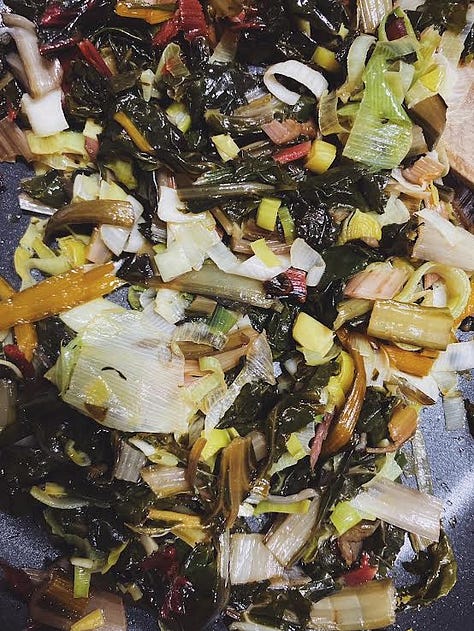
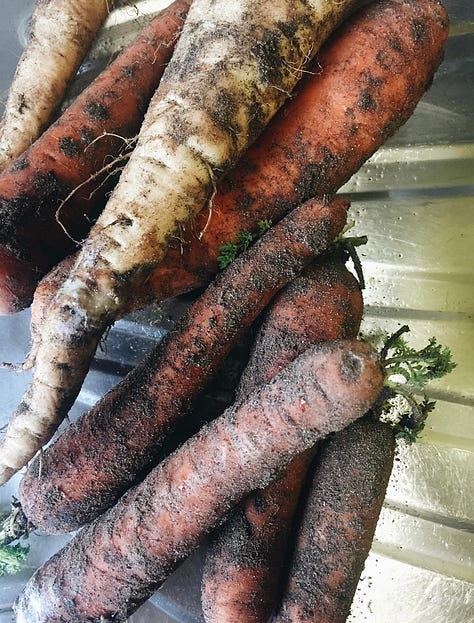

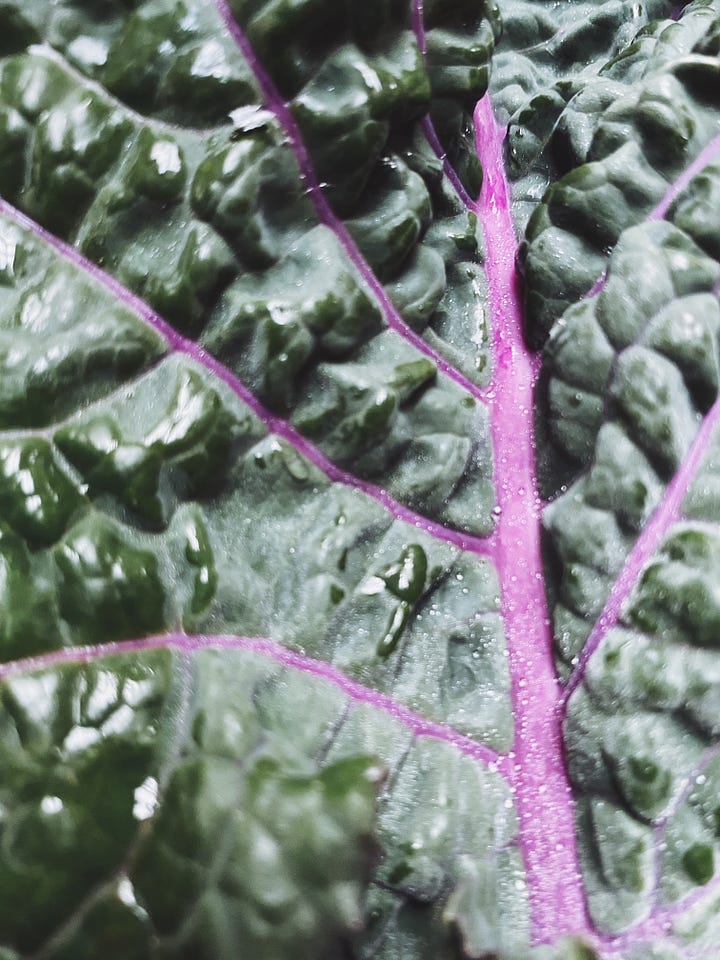
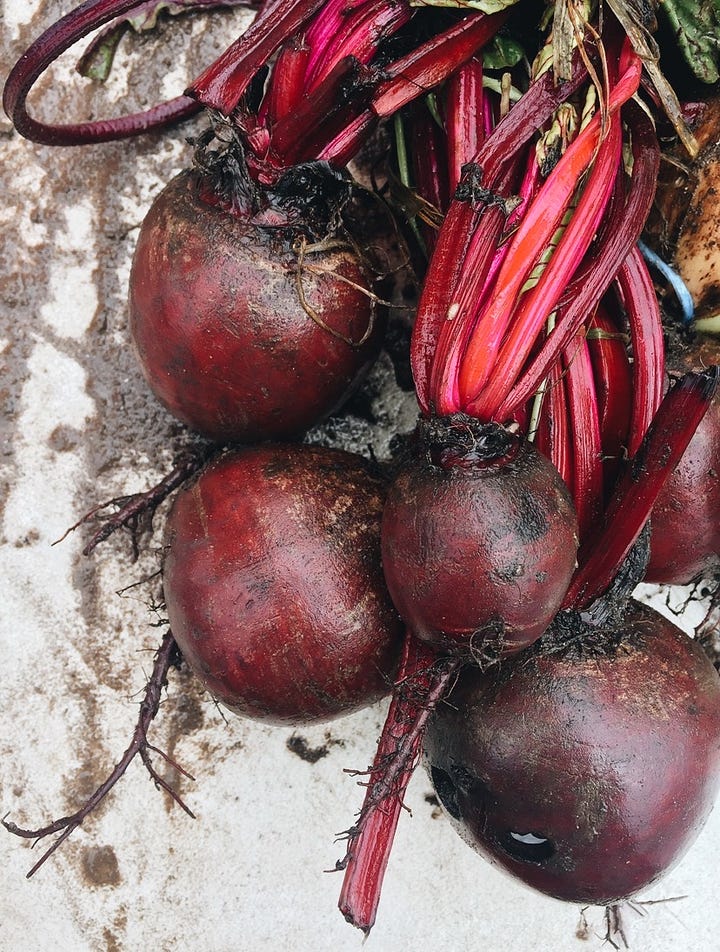
You might bookmark this recipe if a trip to the Dingle Peninsula is on your bucket list. Or you might be tempted to travel from your kitchen by making a pot with the best local carrots, pumpkin, onions, potatoes and herbs that you can find.
During our last week in Ireland, I got knocked for six with a chest infection and this easy-to-prepare soup was also a medical godsend. We need all the Vitamin C we can get this time of year to strengthen our immune systems and orange fruits and vegetables are the ‘nutritional powerhouses’ that are full of it.
Years ago I remember receiving a phone call from my mother while I was living in Dublin. She was visiting from America and staying with family friends in Cloghane. She had just finished what was clearly a very satisfying dinner that included Maharees carrots.
‘Jessica the carrots, TASTE like carrots..’, she said with a sound in her voice that bordered on ecstasy.
So if you have never been to the Dingle Peninsula, you might consider coming for things like music, cultural heritage, unparalleled views, restorative windy beach walks, a bit of craic and the whispers of cosy pub corners filled with creamy pints.
Or you might just come for the vegetables — especially the carrots.
Creamy Vegan Maharees Carrot and Pumpkin Soup
VG, GF
Serves 8-12
Ingredients:
1kg fresh carrots, peeled and roughly chopped
1 medium onion sliced
600g potatoes suited for mashing, roughly chopped
400g pumpkin or orange squash, roughly chopped
2 quality vegetable stock cubes
1 sprig of sage
1 small handful of fresh flat-leaf parsley, finely chopped
Extra virgin olive oil
Sea salt + freshly ground black pepper
Optional: Fresh orange juice, squeezed from half of a medium orange
Method:
1. Coat the bottom of a large pot with a thin film of olive oil. Add the onion and cook over low heat until translucent, then add the rest of the vegetables.
2. Cover them with about 3 litres of water and add your stock cubes, parsley, sage, a good pinch of salt and 1 or 2 turns of black pepper.
3. Bring to a boil, cover and then simmer over low heat until the vegetables are tender.
4. Remove the sage and then blend the contents of the pot with an electric hand blender until smooth.
5. Add some boiling water if necessary to reach your desired consistency.
6. If desired, add a good squeeze of fresh orange juice and check the seasoning.
7. Serve hot garnished with gently fried sage, curled orange zest or a swirl of fresh yoghurt or cream.
Notes:
Feel free to swap the olive oil with a large knob of butter or some rapeseed oil for the most local touch.





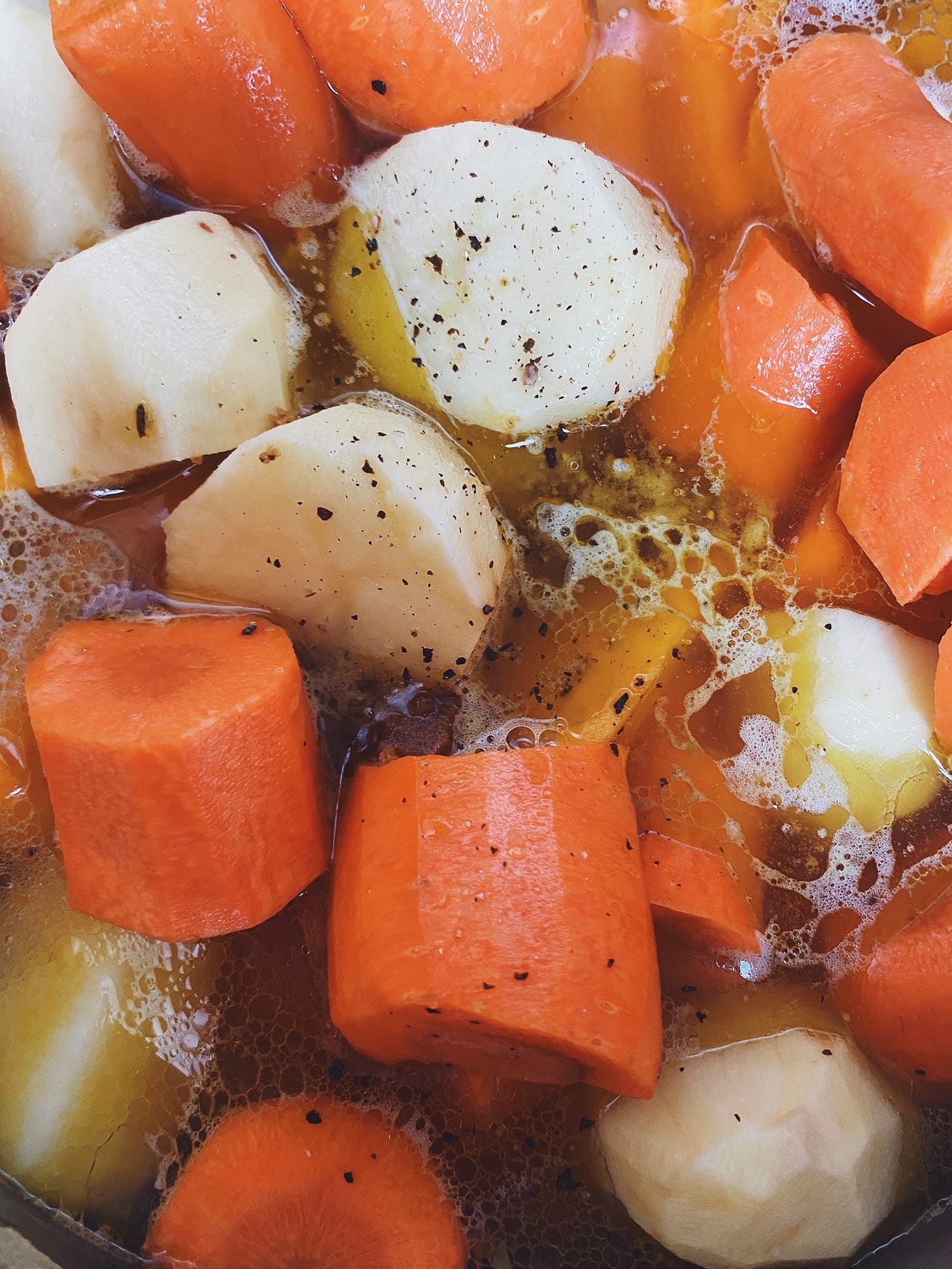
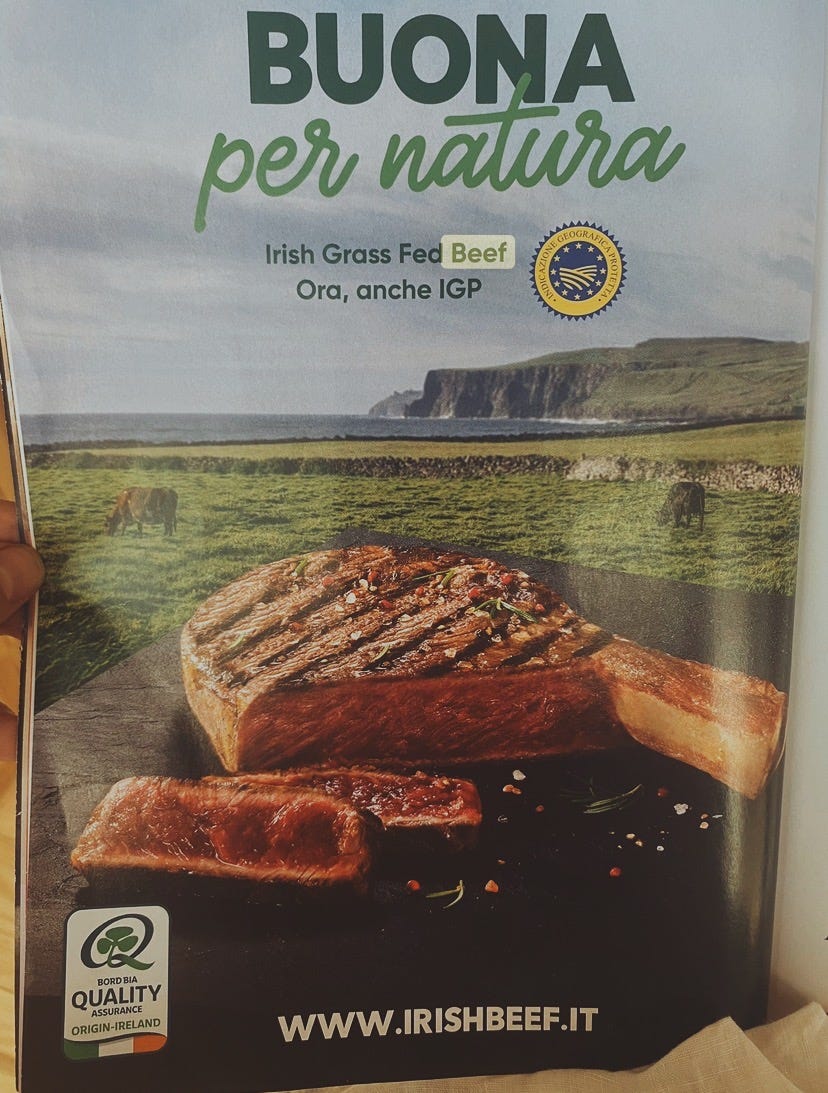

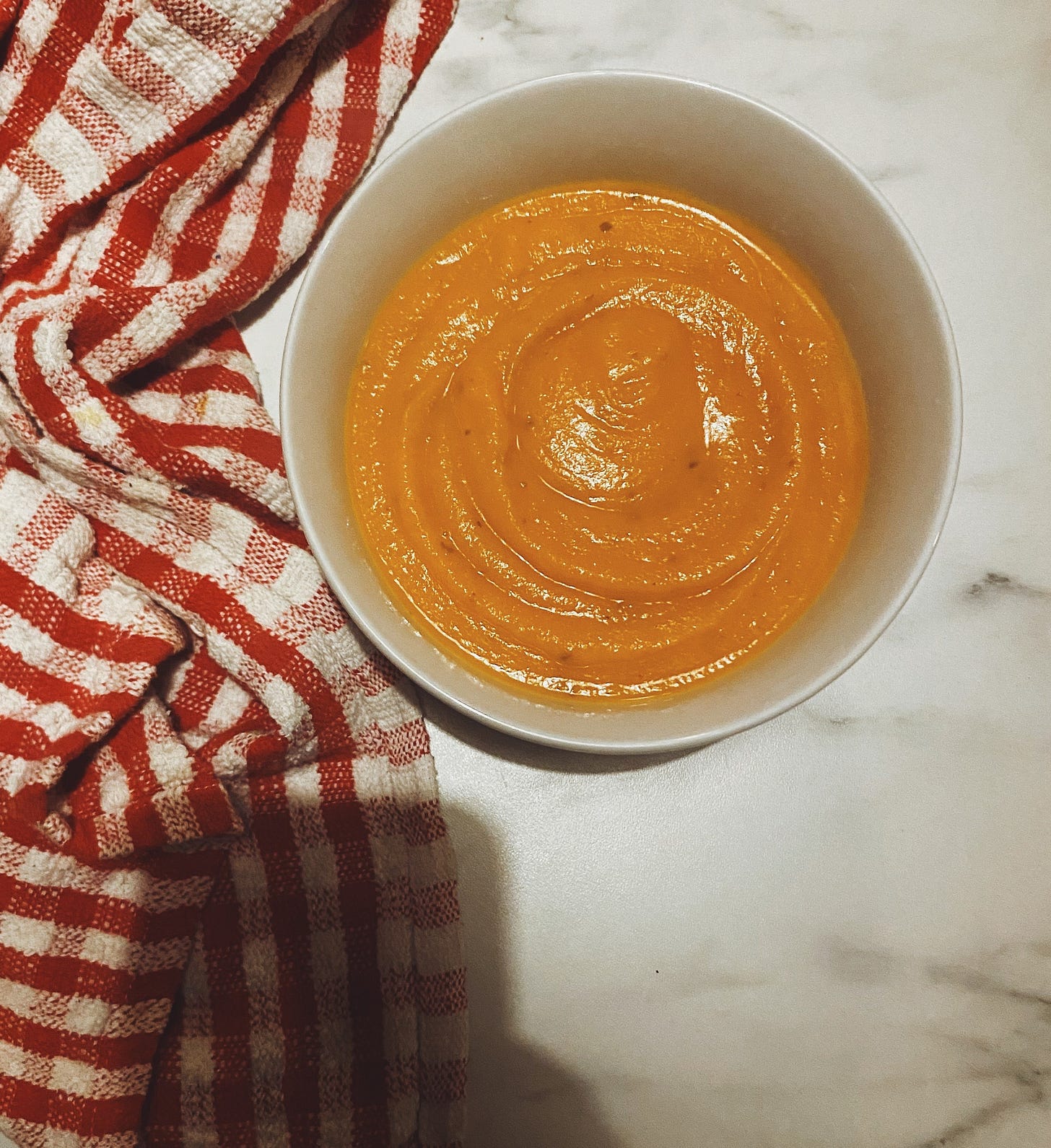

A wonderful post! I’m not sure how I landed on your Substack but so happy I did!
I’ll be going to Dingle for a writers workshop in May 2025. Would love to connect. I need lodging for one of you can make a recommendation.